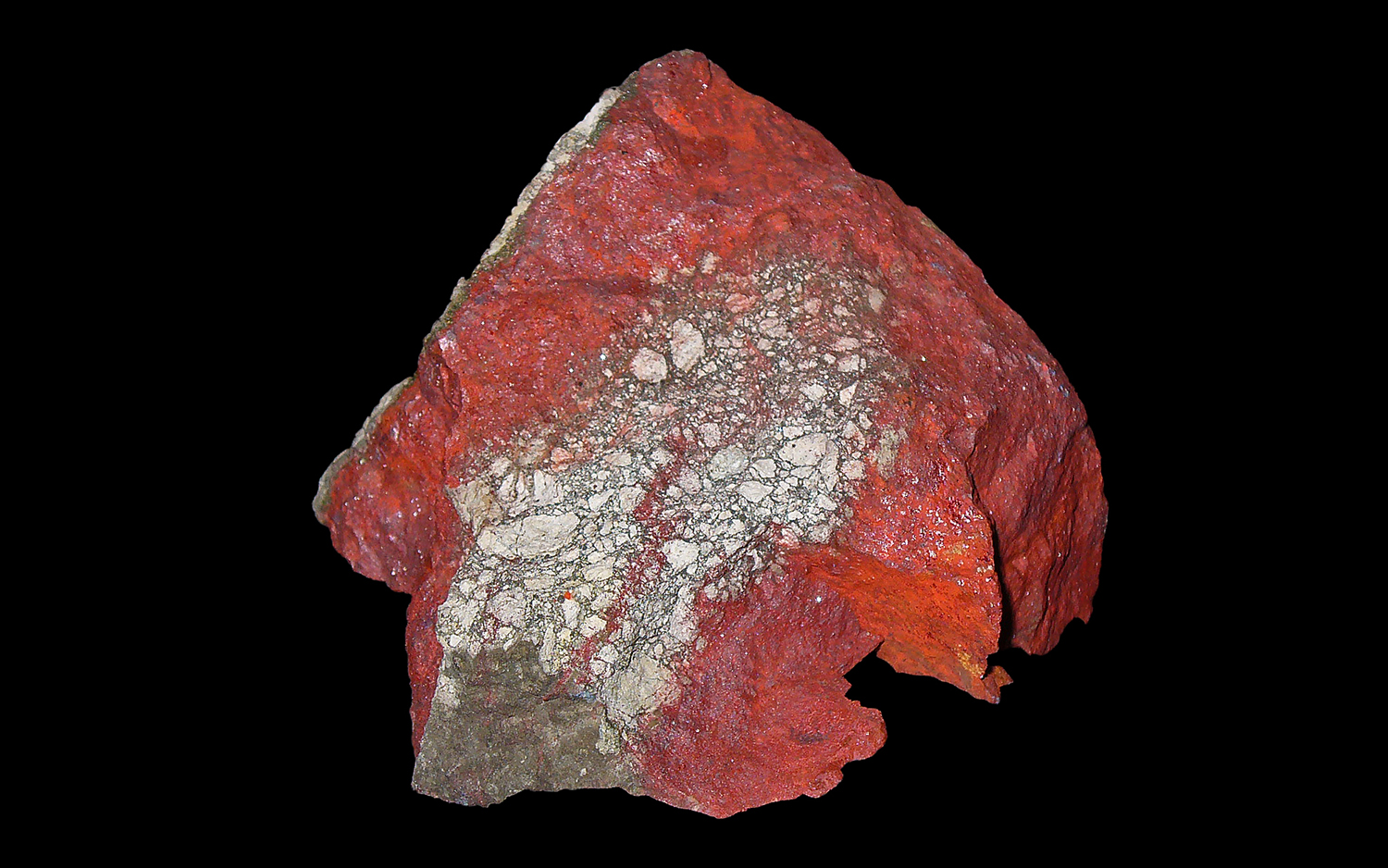Dressed to Kill: Chilean Mummies' Clothes Were Colored with Deadly Toxin

In a centuries-old grave of two female mummies in Chile lingers a risk to archaeologists today: fabric tinted red with cinnabar, a highly toxic mineral that comes from mercury ore.
The hazardous red powder was first detected when the mummies were discovered in the 1970s. But although cinnabar's signature color had been previously associated with Inca culture elsewhere, it had never been seen in a cultural context in the region where the mummies were found, archaeologists reported in a new study.
Scientists recently analyzed the fine-grained red pigment from the mummies' grave and found that it was, in fact, cinnabar, providing the first evidence of the mineral in ritual use by ancient peoples in northern Chile. [The Color of Blood: Here Are Nature's Reddest Reds (Photos)]
The richly dressed mummies were unearthed in 1976 from a burial site in Cerro Esmeralda dating to approximately A.D. 1399 to 1475, according to the study. The remains of the two young females — one 9 years old when she died, and the other 18 to 20 years old when she died — were found in the fetal position alongside 104 artifacts. Archaeologists suspect that the bodies were buried after a ritual Inca sacrifice — likely an important one, based on the quality of the objects interred with the bodies, scientists reported in prior analysis of the mummies.
Fabric found with the mummies was colored with a bright-red pigment; at the time that the grave's occupants lived (and died), this hue was commonly created in the Andes with hematite, the study authors wrote. But their chemical and microscopic investigation identified the source of the color as cinnabar.
"The new chemical analyses that we obtained showed that cinnabar was present in the clothes of the Cerro Esmeralda mummies," the scientists reported. "This toxic material is a special and foreign funerary offering in northern Chile."
Cinnabar, a primary source of mercury, is a soft mineral typically occurring in rocks that are sedimentary — made of pieces of preexisting rock — or volcanic, and usually appears near volcanoes or hot springs, according to the U.S. Geological Survey.
Sign up for the Live Science daily newsletter now
Get the world’s most fascinating discoveries delivered straight to your inbox.
Clothing to die for
Previous research suggested that cinnabar was ceremonially used among Inca people of high social status, and its presence in the mummies' clothing hints that the ritual that claimed their lives was culturally significant, according to the study. However, where the cinnabar came from and precisely what role it played in ritual and social use are yet to be discovered, the researchers wrote.
Regardless of how the mineral was used hundreds of years ago, handling ancient objects containing cinnabar can carry substantial risks to those who work with artifacts in the present day — inhaling it can have deadly consequences, the study authors warned.
"It may cause a range of health problems affecting the nervous and muscular systems and the gastrointestinal tract, among others, and even death in cases of extreme exposure," they reported.
In fact, it's possible that the Incas were well aware of the dangers posed by cinnabar inhalation, and they may have deliberately scattered cinnabar on their ceremonial burial sites to deter grave robbers, the scientists said.
The findings were published online May 25 in the journal Archaeometry.
Original article on Live Science.

Mindy Weisberger is an editor at Scholastic and a former Live Science channel editor and senior writer. She has reported on general science, covering climate change, paleontology, biology and space. Mindy studied film at Columbia University; prior to Live Science she produced, wrote and directed media for the American Museum of Natural History in New York City. Her videos about dinosaurs, astrophysics, biodiversity and evolution appear in museums and science centers worldwide, earning awards such as the CINE Golden Eagle and the Communicator Award of Excellence. Her writing has also appeared in Scientific American, The Washington Post and How It Works Magazine. Her book "Rise of the Zombie Bugs: The Surprising Science of Parasitic Mind Control" will be published in spring 2025 by Johns Hopkins University Press.









